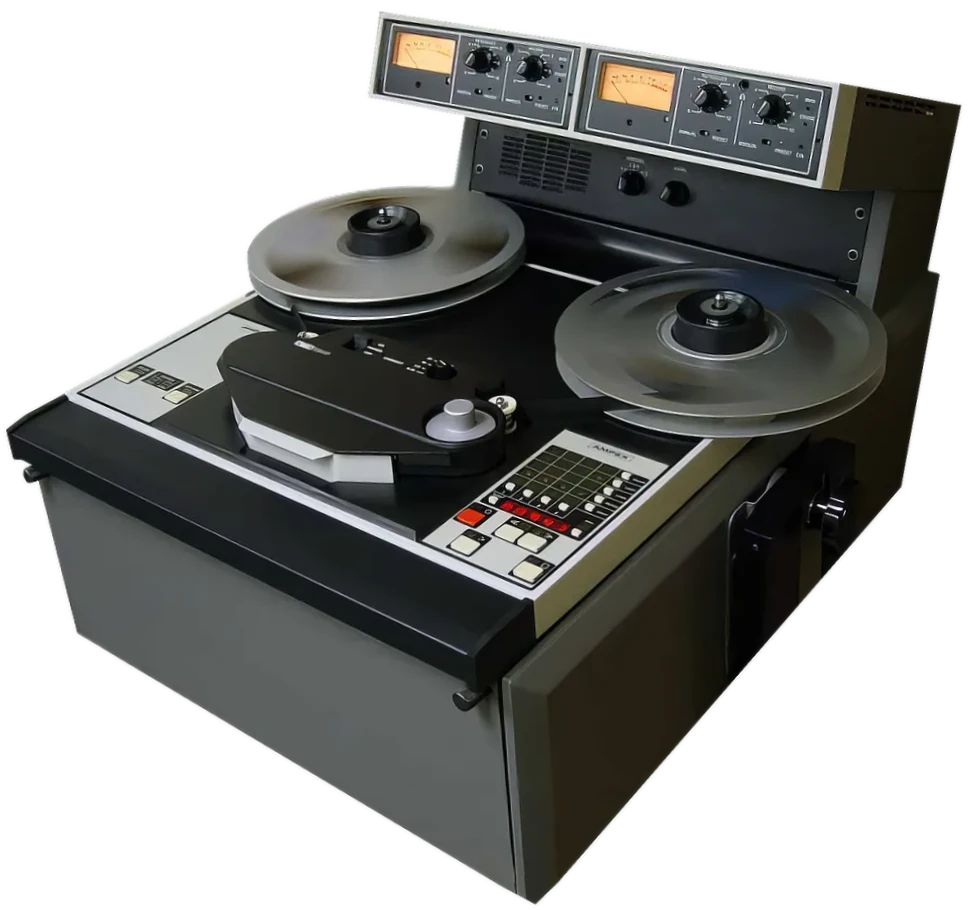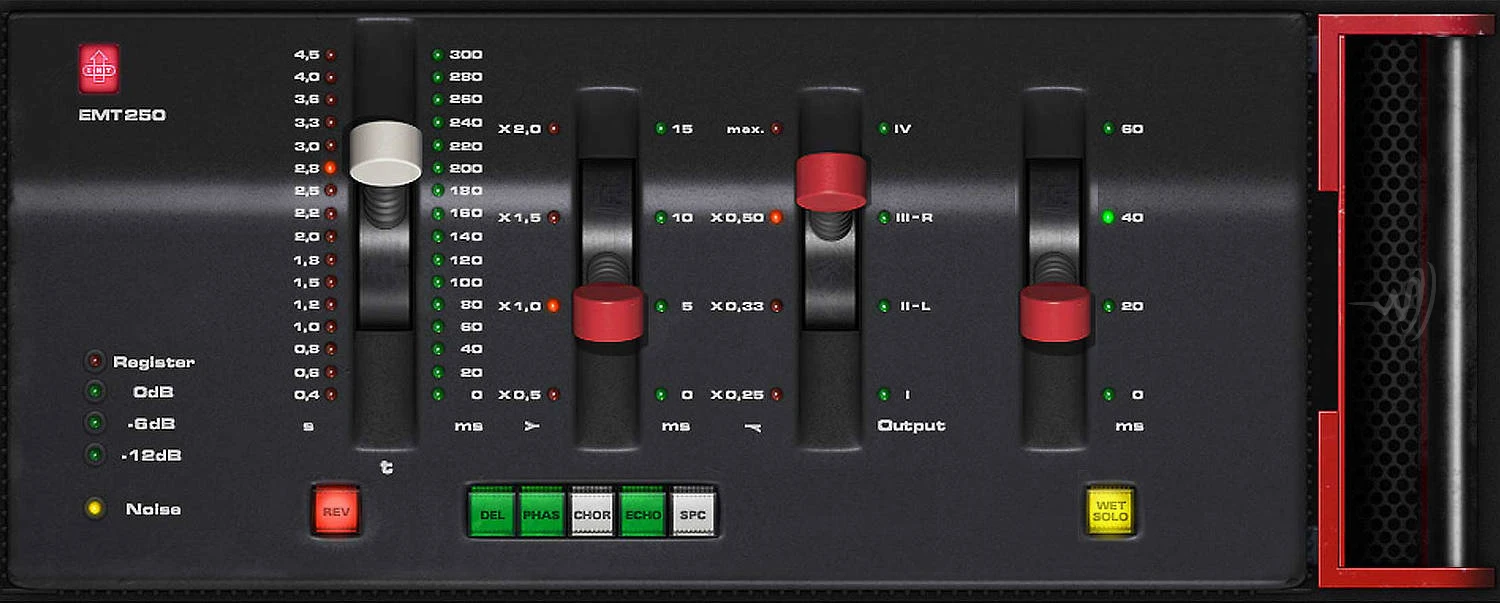Released in 1974
Roland RE-101 Space Echo
The Roland RE-101 Space Echo, released in 1974, is an analogue tape delay unit offering the warm, organic echoes of the classic Space Echo line without the spring reverb found in the RE-201. Known for its reliable tape transport, simple controls, and rich, musical delays, the RE-101 became a favourite among dub, reggae, and electronic musicians. Its pure tape echo and durable design have made it a sought-after classic in studios and live setups.













